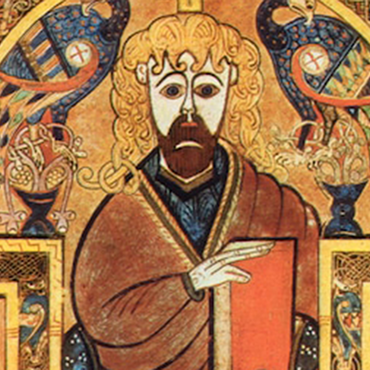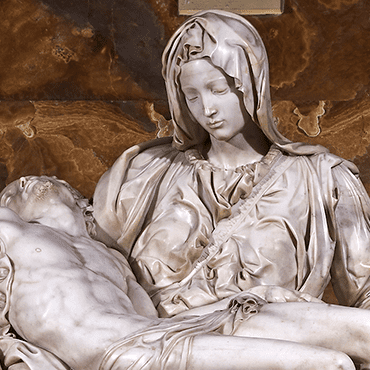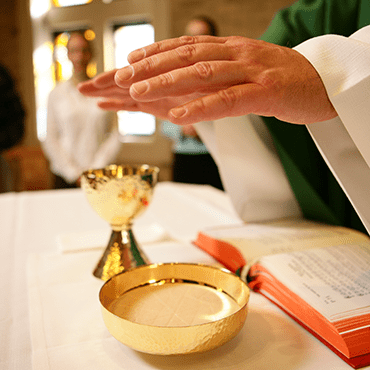Ways to Pray
Praying with Scripture
As Jesus said of his disciples, they will follow me, because they recognize my voice. But they will not follow a stranger; they will run away from him, because they do not recognize the voice of strangers. (see John 10:3-5)
We’d like to introduce you to two traditional methods of praying with the Scriptures — Lectio Divina and the Visualization Method — as well as give some recommended Bible passages pertaining to vocation and call.
“Divine Reading”
Lectio Divina
This form of meditating on Sacred Scripture, dating back to the desert fathers, is comprised of four steps.
Lectio
We read slowly and attentively a selected passage from Sacred Scripture, noting the words and images that draw our attention.
Meditatio
We meditate or ruminate on the words and images that drew our attention. We are seeking the illumination of the Holy Spirit so that we come to a deeper spiritual insight into and connection with the Word of God.
Oratio
We take the fruits of our meditation and turn them into a prayer to God.
Contemplatio
We offer to God the efforts of our lectio, meditatio, and oratio and place ourselves in God, so that through contemplation, he can envelop us in his life-giving Word.
“In the sacred books, the Father who is in heaven comes lovingly to meet His children and talks with them … It is eminently true of Holy Scripture that: ‘The word of God is living and active’ (Heb 4:12), and ‘is able to build you up and to give you the inheritance among all those who are sanctified’” (Acts 20:32; see 1 Thess. 2:13).
Dei verbum 21
Imagination
Visualization Method
This method of praying with Scripture utilizes our imaginations to enter more deeply into the Word of God.
Preparatory Prayer
We ask for the grace that all our intentions and actions may be directed purely to the service and glory of God.
Review of the Scripture Passage
We read the Scripture passage several times to familiarize ourselves with it.
Composition, or Entrance into the Scripture Scene
In this step, we use our imagination to “compose” the gospel scene, almost like a stage design or set. What are the sights, sounds, and smells?
Statement of Intent or Desire
Before entering into the scene fully, we tell God what we hope and desire for our prayer.
Contemplation
Now we seek to participate personally in the scene, seeing the people, hearing the words, and observing the actions. Sometimes we are eye-witnesses to the scene; other times we take the place of one of the characters in the scene. We pay attention to what emotions and feelings arise within us, what thoughts and ideas come to mind, what desires or fears awaken within us, etc.
Colloquy
We end our prayer by letting our heart speak freely to God, as a conversation between friends.




